As we enter crunch time in the Fantasy Premier League season, many will be turning to differentials to catapult them up the ranks whilst others are closely monitoring ownership in attempt to maintain that hard-earned lead. But what is ownership and how can we best take advantage of differentials?
Let us take a look (for those well versed in these concepts, feel free to skip to the Strategies section).
Ownership
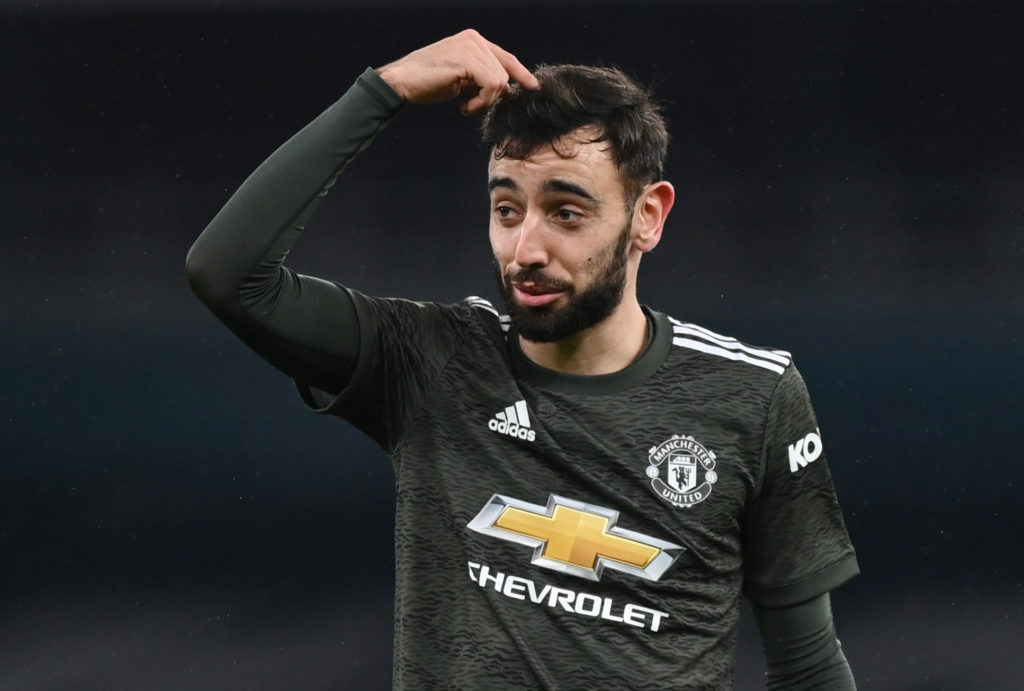
Ownership itself, somewhat obviously, is the percentage of all managers in the game that own that player. This is represented as ‘TSB’ or ‘Teams Selected By %’ on the official site. At the time of writing, Bruno Fernandes (£11.6m)is currently the top of this metric, with 57.4%, followed by Son Heung-min (£9.5m) and Patrick Bamford (£6.8m) on 54.4% and 52% respectively.
There are even players with 0.0% ownership, of which one, Matt Phillips (£5.1m) scored and received two bonus points in Gameweek 22. Whilst TSB does not extend to enough decimal places for us to know for sure, I find it mildly entertaining that those nine points might have been received by absolutely no one.
The most immediate use of ownership is to help us decide how much impact a certain player returning (or not returning) points will have on our rank. For example, if Fernandes scores 10 points this weekend and you do not own him, that is a lot of other managers earning points that you are not. In isolation, this would likely lead to a fall in rank. But it is not quite as simple as that, so we need to go deeper.
Effective Ownership
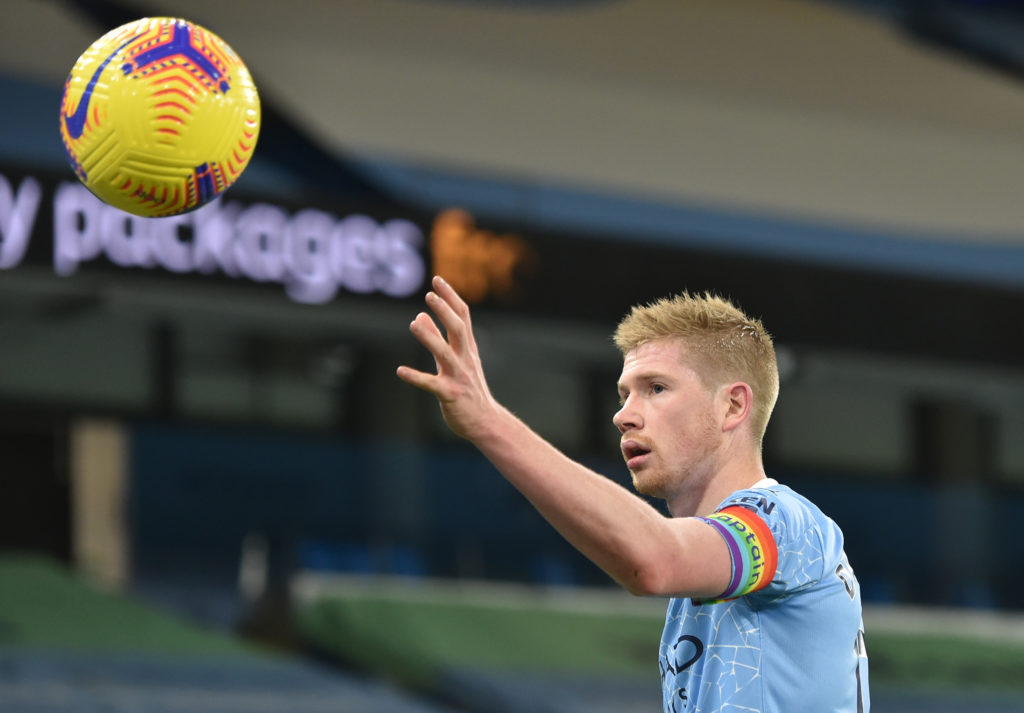
Effective ownership is ownership with a few modifications. These modifications take into account how many of a player’s owners started that player, how many captained him and how many even Triple Captained him.
In this way it can model the actual points a player brought their owners in that week. It does this by simply summing the aforementioned modifications to produce an effective total.
In this way, effective ownership can exceed 100%, such as when 75% of managers own a player and 50% captain him, for a total of 125%. When this number starts exceeding 100%, you need to be doing more than simply owning the player to gain a rank rise from their performance.
However, ownership in this scenario still provides some level of insurance against a popular pick, bringing you at least some of those points, potentially softening the blow. We would want our alternative picks to be making up the ground here.
Effective ownership gives a more accurate picture than pure ownership over what affect a player returning points will have on your rank. That same Fernandes 10 point return is effectively 20 points if everyone who owned him captained him whilst you do not own him at all.
However, this impact is not equal across the board. Effective ownership will treat you differently at different ranks. Onto ownership within a certain band of rank we go.
Ownership and Effective Ownership in Top 10k
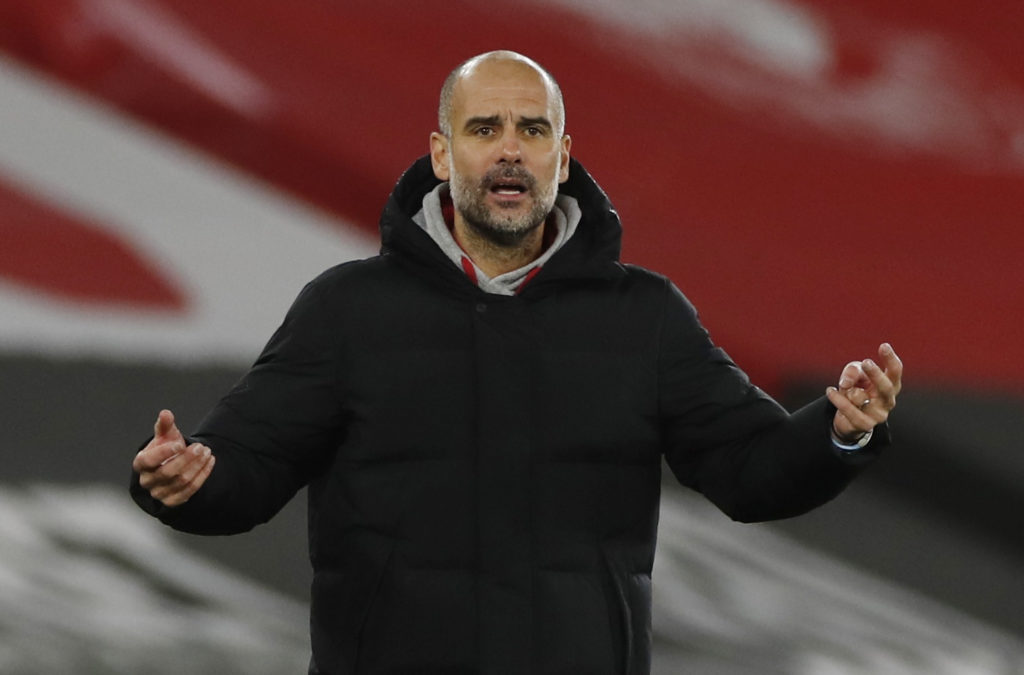
As the title suggests, this metric simply takes ownership and effective ownership and applies them to the current top 10k. In this way, it is only the ownership of that player within the top 10k managers that is considered. This is useful for identifying what needs to happen for you to move rank within a certain boundary, or for comparing yourself to managers of others ranks.
There are other similar breakdowns available for various rank levels, such as 100k and 1k, but this is the one we see used most often given its psychological and historical significance as an indicator of ‘successful’ Fantasy Premier League management.
Differentials
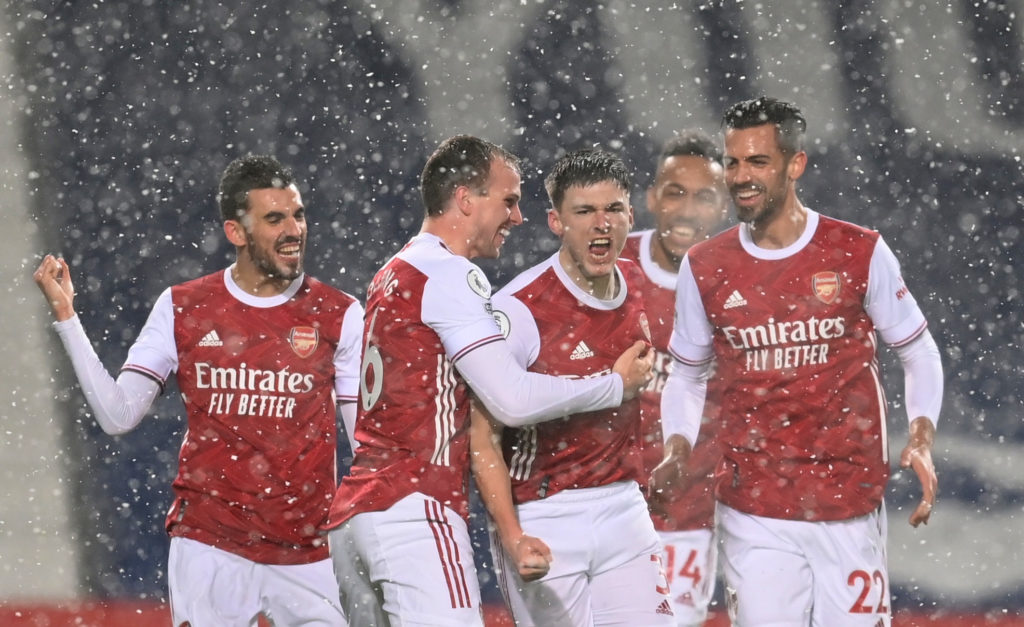
At Fantasy Football Scout, we often define a differential as a player that is owned by fewer than 5% of managers. Your own definition may vary based on what you are trying to achieve; ownership inside the top 10k, ownership in your mini-league, etc. However, most will agree that anything above 10% overall ownership is not classed as a differential.
Personally, I have some caveats on what I consider to be a useful differential and what is simply a player with low ownership. Time to look at some strategies.
Strategies
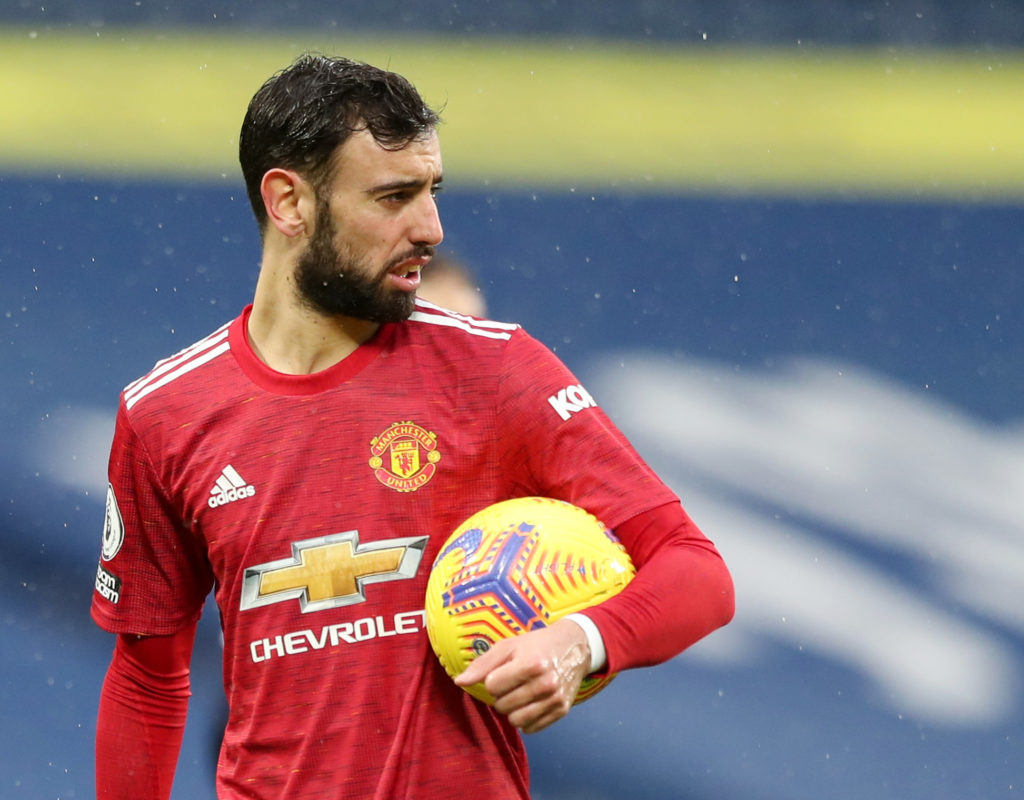
If we had perfect knowledge of the points each player would score before it happened, there would be absolutely no need for any of this. You would simply choose the players that score the most and win. After all, it does not matter if you captain a 60% owned player or a 1% owned player if they both score 10 points. The points gain and thus the rank change is identical. Likewise, your selection has failed if your overall team score is beaten by everyone else, no matter where those points came from.
In its simplest form, the reason these concepts become relevant is because we do not have perfect knowledge, and while we can and do make decent points predictions, we need to apply a layer of risk and reward to this. FPL is a game of relative predictive decisions.
A highly-owned player is generally considered ‘safer’ to own as you will move with the crowd no matter what happens. A differential is generally considered ‘riskier’ to own as you are moving against the crowd. All else being equal, a differential will see your rank move amplified based on if they scored well or poorly compared to higher owned assets, with a non-differential producing the opposite effect.
It is in this way that we use ownership, effective ownership and differentials to help guide our decisions. However, I would always advocate first deciding which player(s) you think are going to score the most outright.
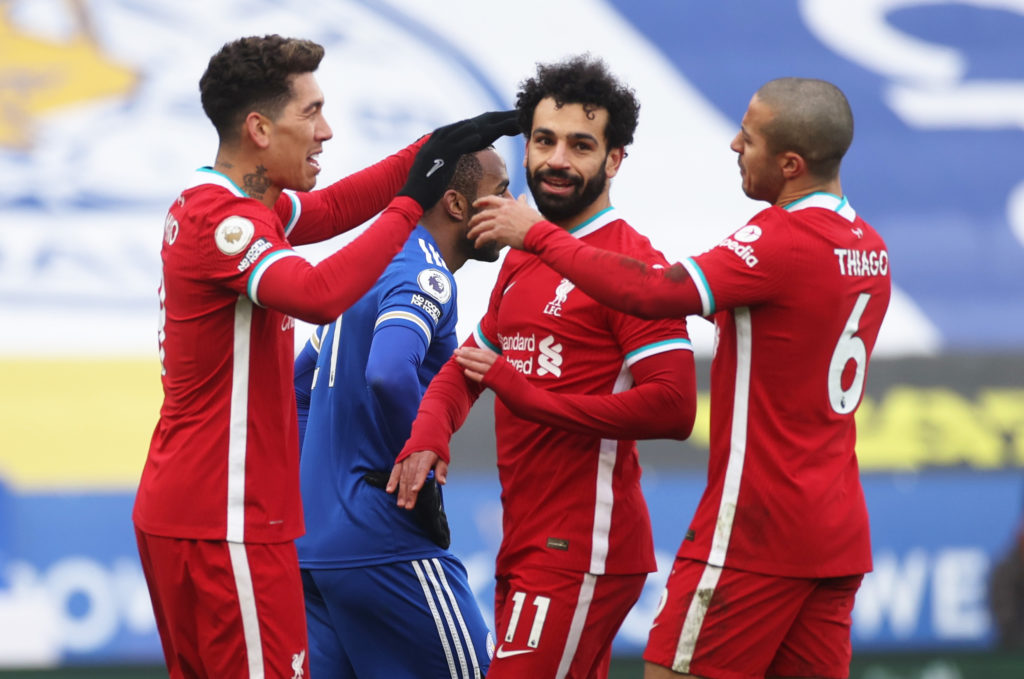
If you have a good gauge on this, and get it right, the rest barely matters. Ownership should only come into play as a tie breaker between two players that we believe will score very similarly. At this point we can then decide whether a safer or riskier approach better suits our own personal circumstances.
Joe of Scoutcast fame quotes a “sword” and “shield” strategy. This defines players as an aggressive move intended to climb ranks (swords) or a defensive move intended to protect against rank drops (shields).
This can work well in scenarios where we can clearly identify the spread of ownership between players, such as a mini-league. Say you are in second place, you could protect your position from those chasing by ensuring that you have a core of players that each of your competitors owns (shields), meaning you all receive equal points in those positions, whilst also opting to bring in a few players that the manager in first place does not own (swords) in order to attempt to gain a positive differential over them in the form of earning points they do not have access to. Of course, this only works if your team overall still outscores the others.
Differentials do not operate in isolation, however. There may be a scenario where Fernandes, Mohamed Salah (£12.6m) and Kevin De Bruyne (£11.8m) are all individually owned by 30% of managers, but only 3% of managers own all three at once. In this way, we can differentiate our team whilst technically not actually differentiating the players within that team.
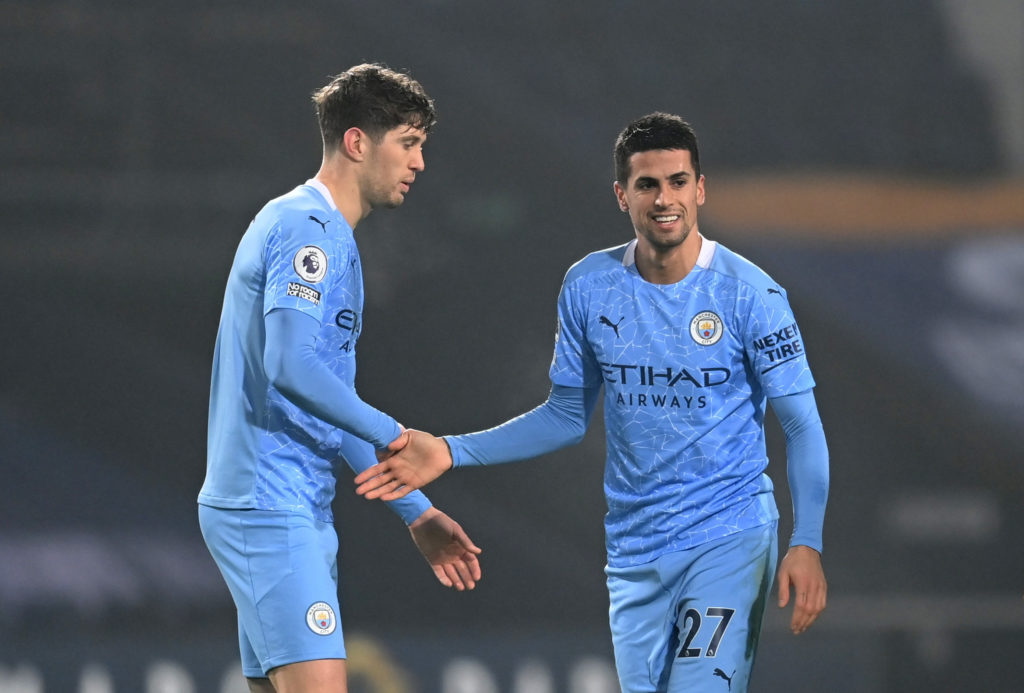
Another move that can pay dividends is doubling or tripling-up on a certain team, such as we have seen with Manchester City recently. Many managers have opted to own the maximum of three City assets, in order to maximise the returns from arguably the best team in the league.
We can take this one step further by owning two or three players from the same position in that team, such as those that opted to make their three Manchester City players three defenders in Joao Cancelo (£6.2m), Ruben Dias (£6.1m) and John Stones (£5.2m).
While many have identified the Citizens as the strongest defence in the league, most will still look to diversify and ‘spread the risk’ between defenders from several teams. By opting for this strategy we are able to make gains on those more cautious managers.
After all, if we believe City defenders will score the most points, we should own as many as possible. There will be weeks of boom and weeks of bust, while those other managers achieve more consistent returns, but in the end we will be aiming to have accumulated more points, no matter which weeks they came in.
One caveat here is that we can only own three players from a single team, so if you are looking to bring in Ilkay Gundogan (£6.2m) or Kevin De Bruyne any time soon, owning three of their defensive colleagues could make that a headache worth avoiding. The famous SAS, or Luis Suarez and Daniel Sturridge, is another good example of this from days of Liverpool-past.
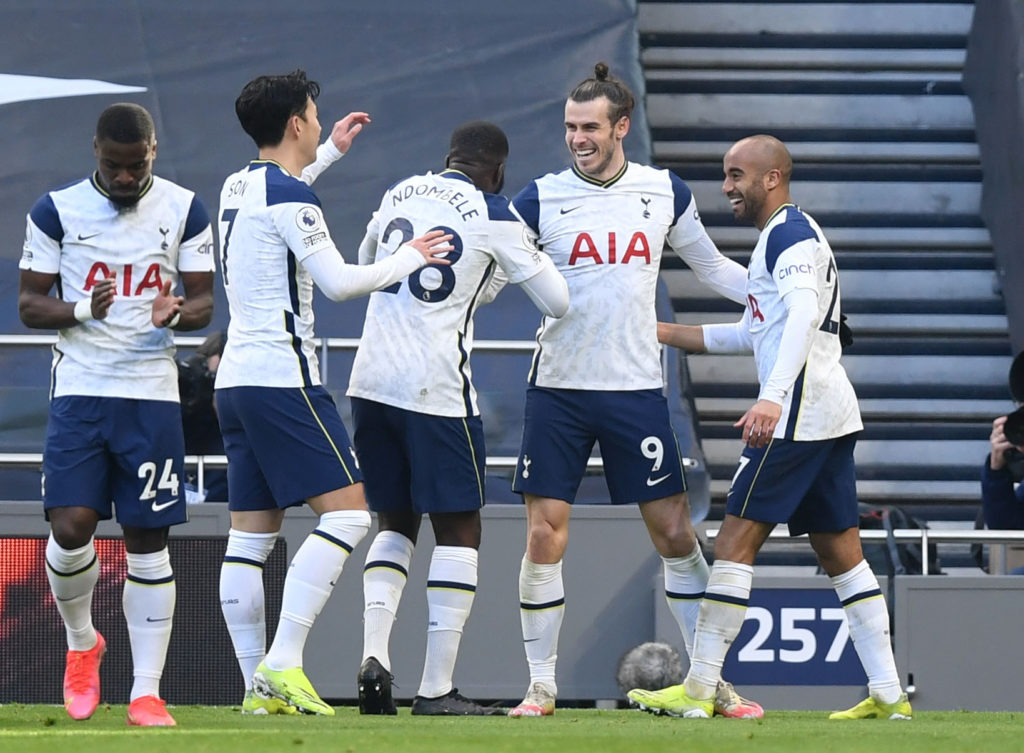
A further strategy centred around focusing on a single team is that of hedging against a highly-owned player with a lesser-owned differential. This is often best combined with targeting the cheaper of the two, allowing the extra funds to be funnelled elsewhere, or doubling up away from that popular player.
An example of this is the move I made this week, bringing in Gareth Bale (£9.5m) to complement Son as a hedge against Harry Kane (£11.2m). This also allows me to retain the mid-priced frontline of Dominic Calvert-Lewin (£7.8m), Patrick Bamford (£6.8m) and Ollie Watkins (£6.6m), with an eye on Michail Antonio (£6.5m) (who has a mins/xGI of 116, the best in the league amongst regular starters, and some strong fixtures on the horizon), whilst still exposing myself to a reinvigorated Spurs attack.
Let us truly define what we want from a differential. As we have identified above, low ownership is not enough on its own. We need that player to outscore the more highly owned alternatives for the differential to actually pay off. Therefore, I personally pay very little attention to ownership itself and prefer to look for changing circumstances that may indicate I can steal an edge before others identify the same opportunity.
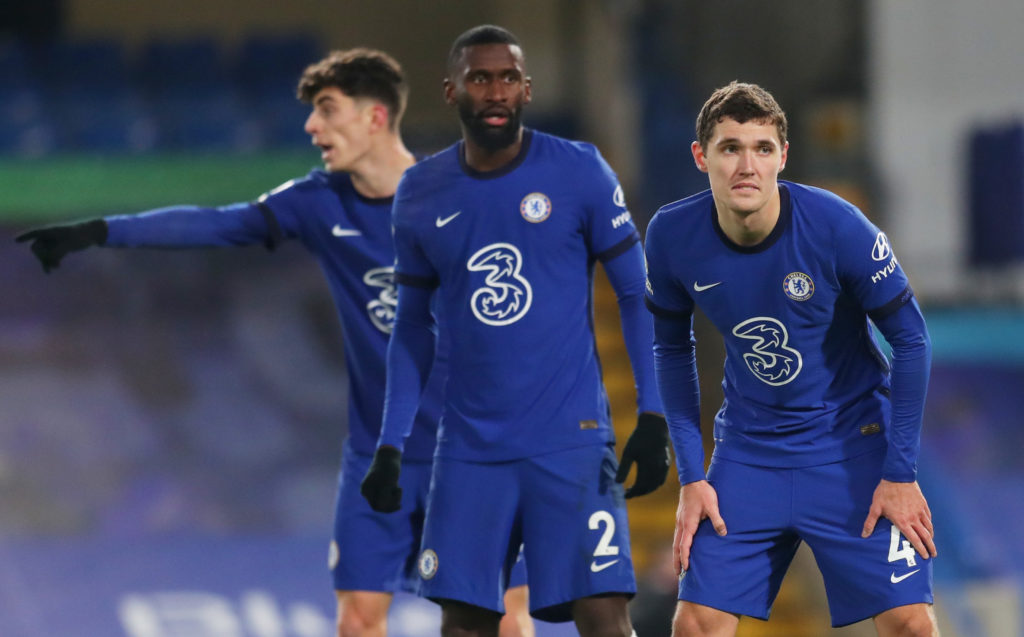
Take Thomas Tuchel being appointed Chelsea manager, gifting us Antonio Rudiger (£4.6m); the fixture swings around Gameweeks 31 to 33, which sees, amongst others, Leeds United transition from Manchester City (away), Liverpool (home) and Manchester United (home) to Brighton (away), Tottenham (home), Burnley (away), Southampton (away) and West Brom (home); or the underlying stats that identified Brighton as a solid defensive unit well before they actually started achieving defensive returns.
Ultimately, the best move is to pick the players that we believe are going to score the most points before anyone else does. However, seeing as that is an imperfect game, we can apply a little situation dependent strategy. Through the use of differentials, defined not by ownership but by situation, that we have identified ahead of the crowd and tailored to our own specific needs, we can gain an edge and close out that mini-league win or cement our final rank.
Looking to gamble it all on that first top 10k finish? Differentiate yourself from the pack, but do not do it for the sake of it, do it with reasonable and researched picks that have a change of fortunes on the horizon or a statistical shift that no one else has noticed yet.
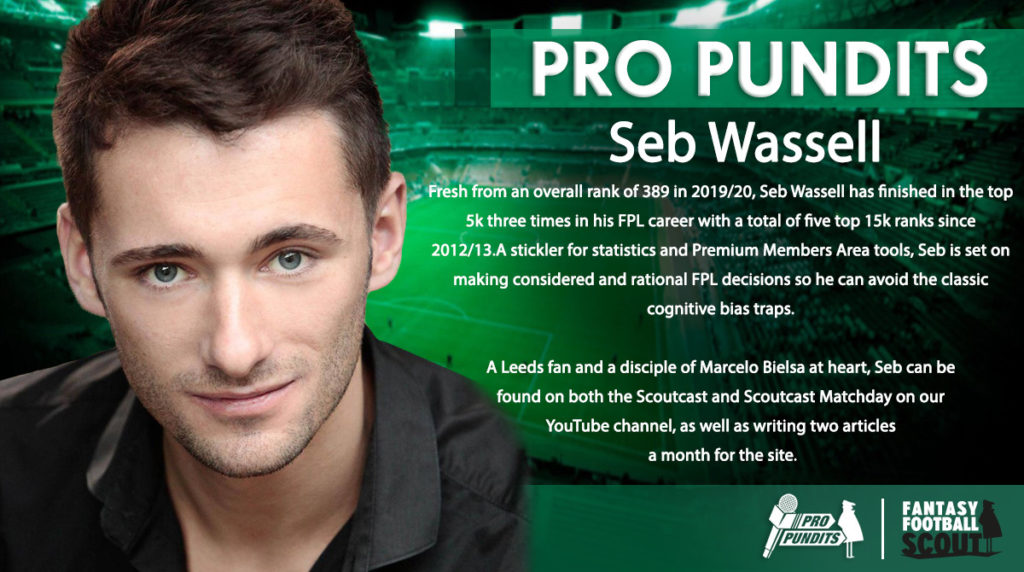
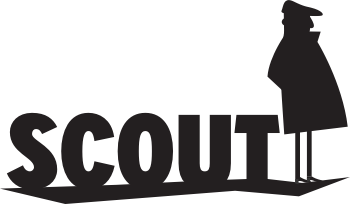



3 years, 7 months agoWho is the most nailed between
A. White
B. Veltman
C. Burn